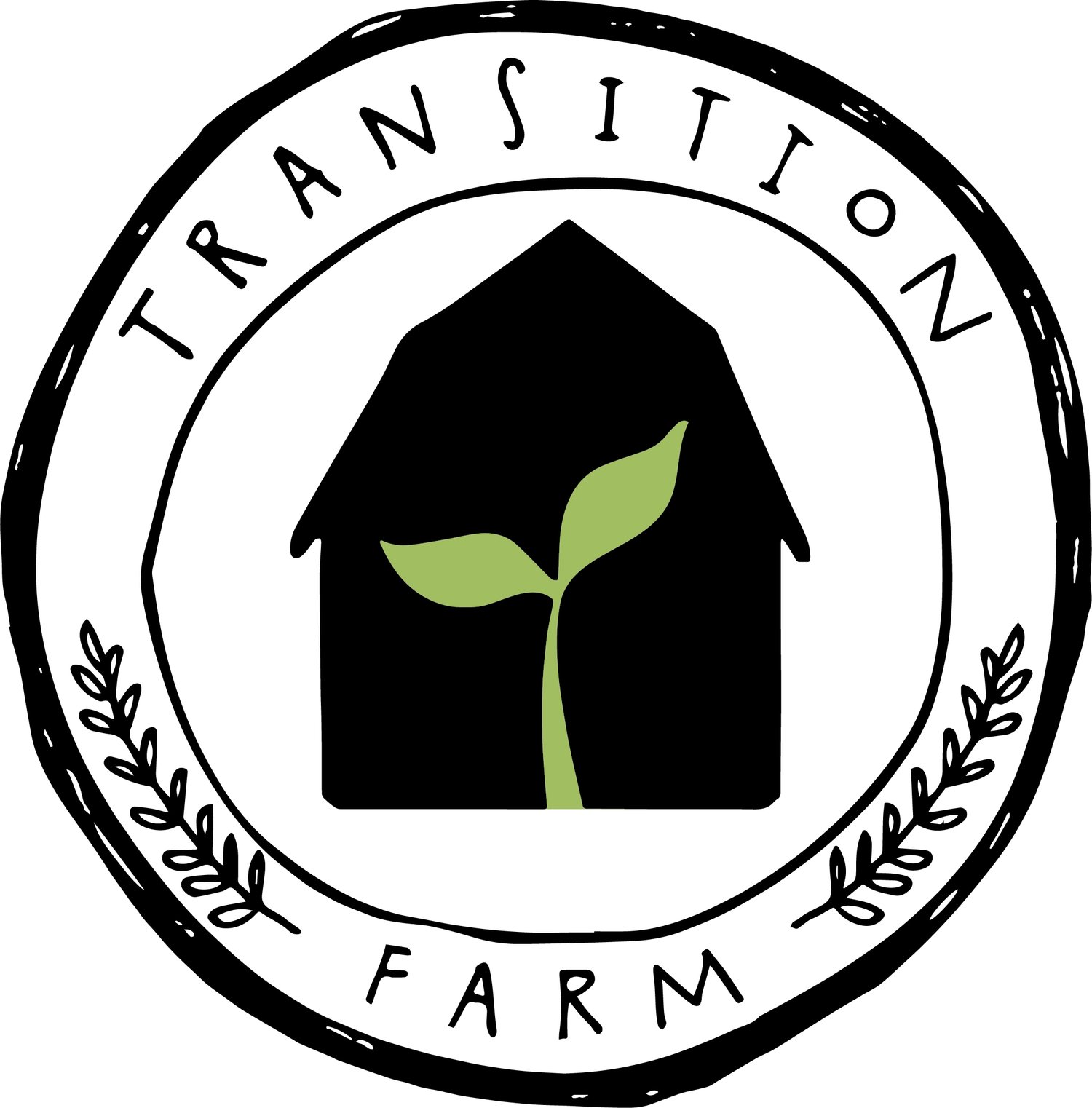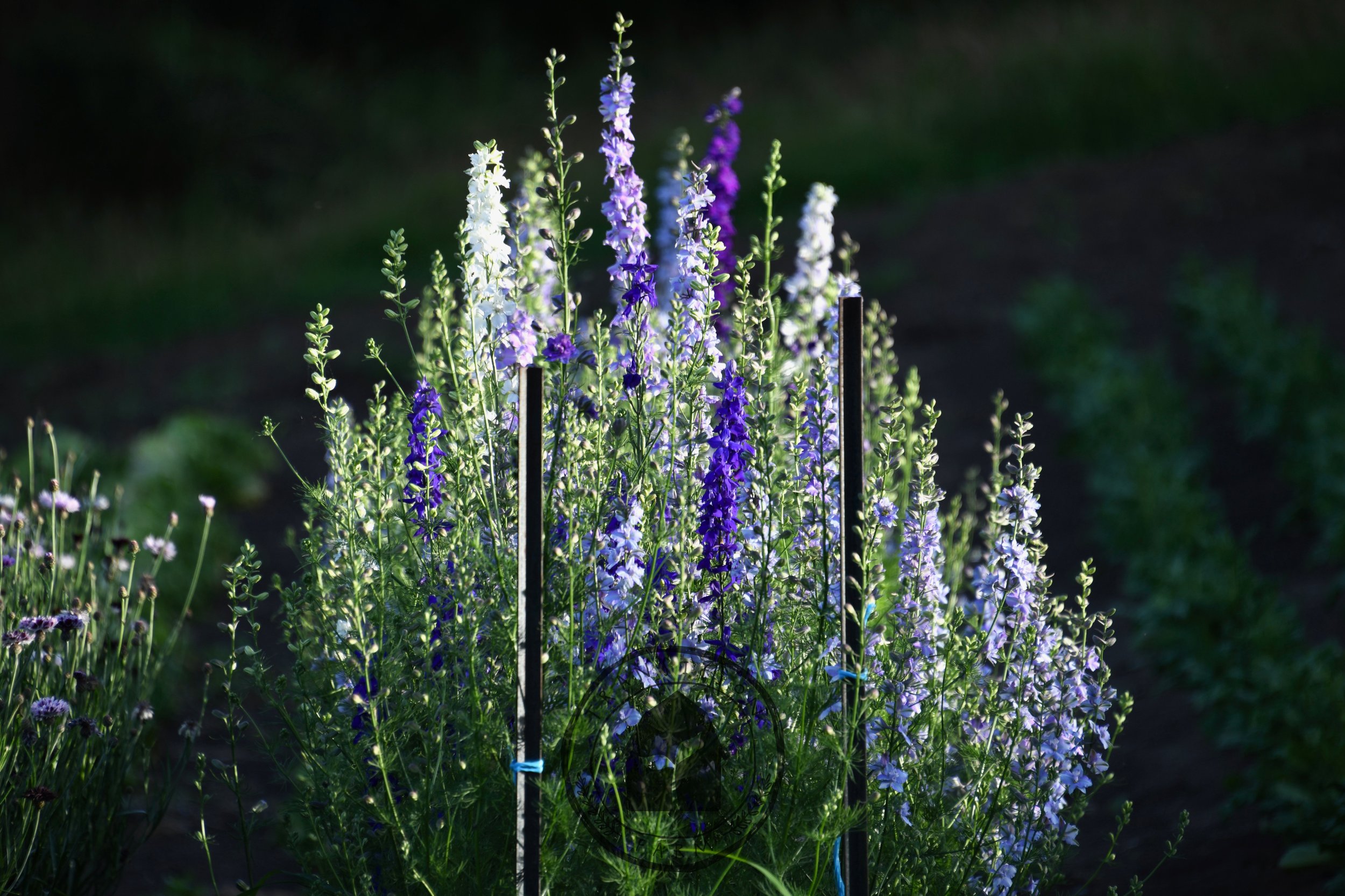Join our CSA as we head into Summer
/Spring has charged along -with the days lengthening, grass growing, summer crops being sown, transplanted and taking off, lush lettuce, sweet peas, juicy radishes, tomatoes ripening, potatoes flowering, and plenty of planting- bringing us to the edge of Summer solstice. The season has had it all - cold nights, strong winds, hot days, and deluge rain. Through all of the extremes, and the beautiful days in between, most of our crops are showing resilience and vibrancy - signs of good health.
Now is the time to join Our CSA for January Summer boxes
We have broken our CSA into smaller seasons this year - with the January share being for the four Fridays in January (4, 11, 18 and 25). There are weekly or fortnightly shares available. To learn more or join, go to our online farm store.
If you are curious what the shares this spring have looked like, please look at these photos or these photos from shares last CSA season.
The January share will be followed by a mid-summer share which we hope will be at the height of the tomato harvest. We will be harvesting for our CSA through June.
Foreground - Green manure crops ready to be incorporated (left) and newly sown (right); Background - Onions (left) and potatoes (right) - Nov 2018
Similar view in Mid Dec 2018
Green Manure crops (foreground) and field tomatoes (back ground) - Oct 2018
Field Tomato crop mid Dec 2018
Polytunnel tomatoes - Dec 2018
Capsicums - Dec 2018
Small caterpillar tunnels with basil, capsicums and eggplants - there are flowers to feed beneficial insects throughout - mid Dec 2018
Heirloom field tomatoes - Dec 2018
Potatoes, lavender hedgerow, beetroot and onions - mid Dec 2018
After taking a break last season from our CSA, we happily began harvesting produce for our community with our boxes beginning again in mid November.
Peter harvesting for the CSA - Nov 2018
CSA market style pick-up - Nov 2018
Late Spring CSA share - Nov 2018
Garlic - Harvested and hanging mid Dec 2018
We also continued our growing for restaurants, including variety test trials - sending chefs a collection of varieties of butter lettuces, gem lettuces and sugar loaf cabbages thus far and asking them to judge the appearance, usability and flavour of the different varieties tasting them in three ways such as raw, with an acidic dressing and salt and with a touch of heat. The results have been so interesting for us and the chefs and have guided which crops we are growing for both them and our CSA members as well as which crops we have put into seed production.
Gem lettuce variety trials received by chefs and our CSA members - Nov 2018
Carrot variety trials - Dec 2018
Ladybettle larvae love to grasp and bite aphids - Nov 2018
Baby praying mantis - Dec 2018
And Spring has been filled with insects, which is quite normal. There is always a flush of aphids in early Spring. Hungry for the fresh new growth, their numbers breed ahead of the beneficial insects which arise and flourish restoring the balance on the farm. It is so wonderful to trust in the ecosystem that we have nurtured, knowing that the beneficials will see and eat the pests sooner and with more zest then we will!!!
Our biodynamic practices continue to deepen through teaching on the farm and communicating more with other farmers. Each season our green manure crops diversify, supporting a larger range of soil microbes and helping us grow soil on this sand dune. As our plants feed only from our humus layer, understanding how to actually create soil filled with life is our most important work.
Applying biodynamic 500 - Nov 2018
In the past week, we have checked all of our bee colonies. Our bees reside in bee- friendly Warre hives which allow the bees to build their own comb, living in a "wild" manner. The central ethos of Natural Beekeeping is that it provides for the needs of the bee above that of the beekeeper. We ensure a 12 month supply of nectar and pollen by mapping the flowering plants on our farm and surrounding it, and filling in any gaps through species diversification. We believe that careful attention to the health and well-being of our bees, not only keeps the colony thriving, it also greatly improves the quality and purity of the honey.
Checking on the bees. We use natural bee practices where the bees build their own comb - Dec 2018
Tea tree nectar - dehydrated and capped - the bees sign that it is honey! Dec 2018
As we continue into summer, enjoying the amazing reverie of the earth’s exhale - even while we try and keep up with the busy farming schedule, we hope that the light of the season fills your homes and hearts and shines throughout the New Year!
Best Wishes,
Peter and Robin

































